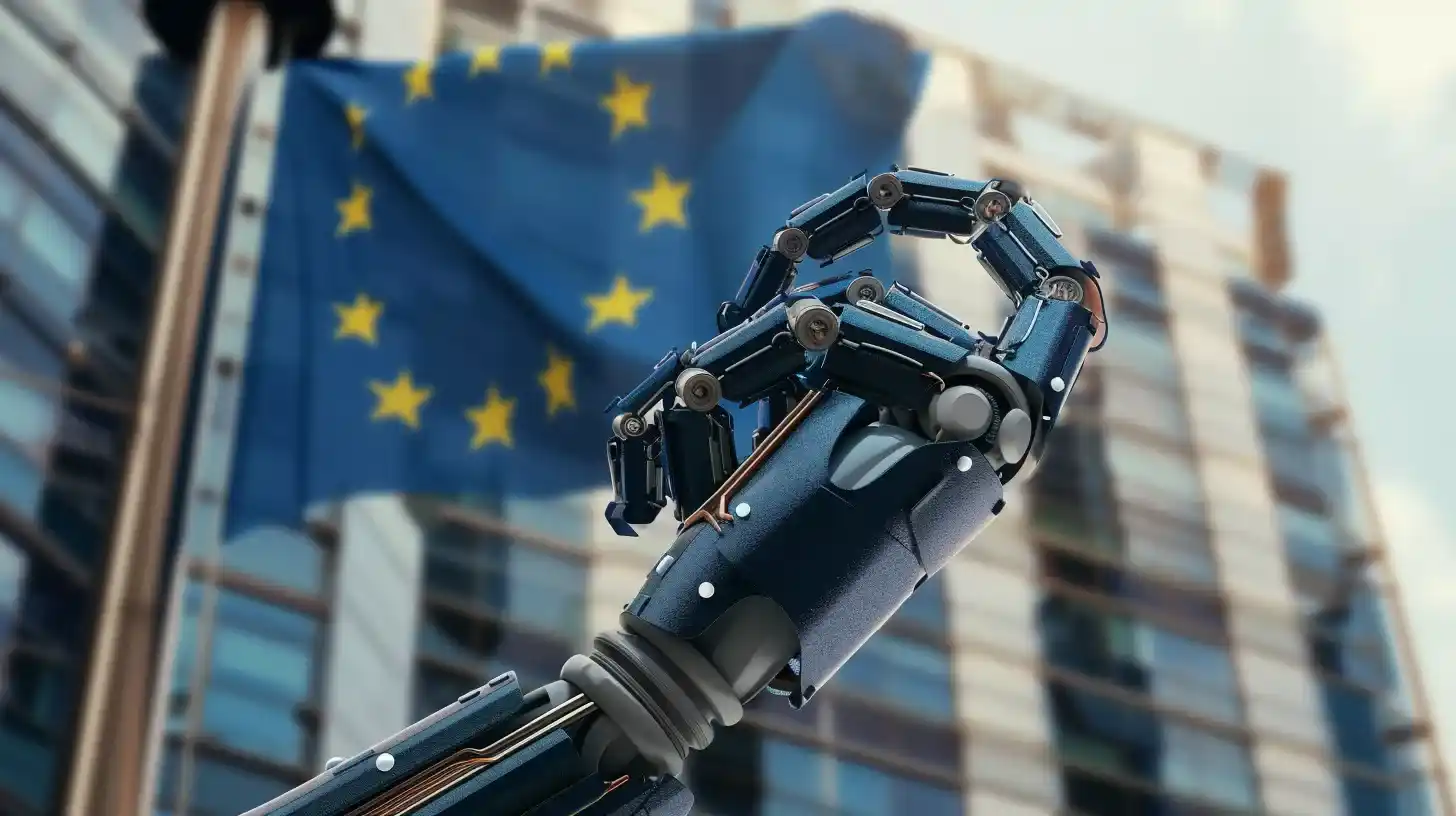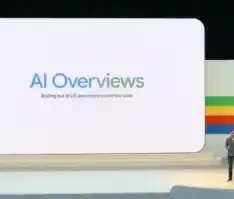The EU AI Act Passed: What Good It Means for the Future of AI
Table of Contents
In a groundbreaking move, the European Union has passed the EU AI Act, marking a significant milestone in the regulation of artificial intelligence technology. This landmark legislation is poised to set a global standard, impacting how AI is developed, deployed, and managed across various industries. Let’s dive into what the EU AI Act entails, its implications, and the next steps for businesses and developers in the AI sphere.
Understanding the EU AI Act
After years of deliberation and anticipation, the EU AI Act has finally crossed the threshold into law. This comprehensive framework aims to safeguard fundamental rights and ensure safety and transparency in AI applications. The act categorizes AI systems according to their risk levels, from minimal to unacceptable, imposing stricter requirements on high-risk applications in sectors such as healthcare, policing, and transportation.
Key Highlights of the Act
- Risk-Based Approach: The EU AI Act introduces a risk-based classification system for AI applications, ensuring that higher-risk sectors undergo more rigorous scrutiny and compliance checks.
- Transparency Measures: AI systems that interact with humans, including chatbots, must now disclose their non-human nature, ensuring users are aware they are interacting with AI.
- Data Governance: The legislation mandates strict data governance standards for AI training, including respect for privacy and data protection laws.
- Bans on High-Risk AI: Certain uses of AI, considered high-risk for people’s rights and safety, such as real-time biometric identification systems in public spaces, have been outright banned.
The Global Impact and Reactions

The EU AI Act is not just a European affair; it has global ramifications. As a pioneering regulation in the AI domain, it sets a precedent for other regions to follow. Tech giants and startups alike must navigate these new regulations, which could mean reevaluating their operational and development strategies to comply with the EU’s standards. The act has been met with mixed reactions, with industry leaders lauding the push for ethical AI development while expressing concerns over potential innovation stifling due to regulatory burdens.
For Companies and Coders
If you’re a business or developer dealing with AI, it’s time to review how you make and use AI. You might need to check your AI tools to make sure they fit these new EU rules, focusing on making AI that’s responsible and respects people’s rights.
The Future of AI Regulation
The passage of the EU AI Act is just the beginning of a new era in AI regulation. As technology continues to evolve, so too will the legal frameworks designed to govern it. The EU’s proactive approach offers a blueprint for balancing innovation with consumer protection, setting a high standard for the responsible development and use of AI.
Navigating Compliance and Innovation
Businesses must now strike a delicate balance between compliance and innovation. Adapting to the EU AI Act’s requirements will necessitate investment in legal expertise, data management, and ethical AI practices. However, this also presents an opportunity to lead in the development of AI solutions that are not only cutting-edge but also safe, transparent, and trustworthy.
Conclusion: A Step Towards Ethical AI
The EU AI Act’s passage is a significant step towards ensuring that AI technology serves the public good while respecting fundamental rights and freedoms. As we move forward, the act’s implementation will be closely watched by policymakers, businesses, and consumers alike, setting the stage for a more regulated, ethical, and transparent AI future.
In this pivotal moment, the tech industry finds itself at a crossroads between innovation and responsibility. How companies adapt to these new regulations will likely define the next phase of AI’s evolution, emphasizing the need for technology that enhances our lives without compromising our values.
Featured Insights
 The Amazing Google AI Overview Feature: All You Need to Know
The Amazing Google AI Overview Feature: All You Need to Know UK Expands Efforts to Address AI Risks with New Office in San Francisco
UK Expands Efforts to Address AI Risks with New Office in San Francisco The AI Assistant Showdown 2024: Are Flirty, All-Knowing Companions the Future of Silicon Valley?
The AI Assistant Showdown 2024: Are Flirty, All-Knowing Companions the Future of Silicon Valley? IBM Watson and Tech Mahindra Propel Sustainable AI
IBM Watson and Tech Mahindra Propel Sustainable AI How AI Revolutionizes Hiring and Retention for SMBs
How AI Revolutionizes Hiring and Retention for SMBs Strava Supercharges Training with AI, Boosts Fairness for Athletes (Especially Women!)
Strava Supercharges Training with AI, Boosts Fairness for Athletes (Especially Women!)